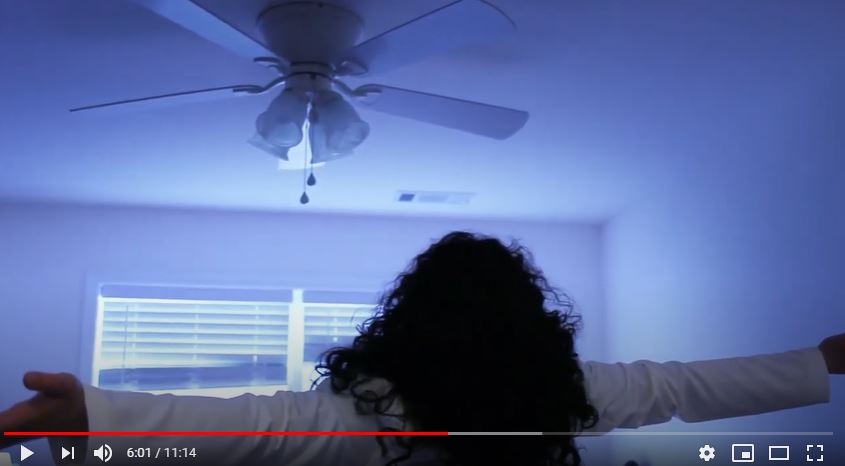
Screen shot from Saint Rose student Joyce Hill’s film on what life looked like spring semester. It was not what she, or her professors, expected.
When the pandemic forced Saint Rose to move to remote operations in March, Saint Rose professors didn’t just teach the same material digitally. They incorporated the many lessons from the pandemic into their classes – and will continue to do so in the fall. If there was an upside to the experience of living through COVID-19, it was the opportunity to learn at a historic time.
Here’s what some of them said:
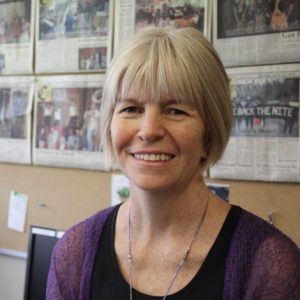
Dr. Cailin Brown, associate professor of communications, department chair
Students in our journalism classes were busy telling stories from their locales. Instead of shaking hands – an actual lesson in each of my classes – they were taught how to introduce themselves from a remote location and still try to develop sources.
Students are/were facing all sorts of challenges relocating their study lives to their home lives. And in service to that change, we tried to work on stories that would reflect the dire circumstances and still tell the story.

This memoir was assigned after the coronavirus hit.
Journalism I produced a story on the fallout from the novel coronavirus.
Journalism I produced a story on unemployment claims related to coronavirus.
Sports journalism produced senior athlete profiles.
This particular class also produced extraordinary sports memoirs – not originally assigned – but they shined in this exercise and delivered some of the best work Brown says she has seen.
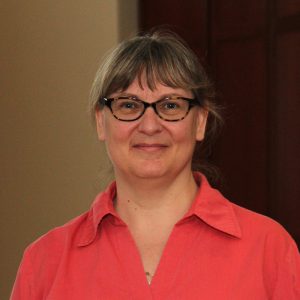
Dr. Stephanie Bennett-Knapp, professor of sociology, director of public health program
This was happening as I hit the media and technology section of my Intro to Sociology class. I scrapped my lecture to address what was going on.
The pandemic was going to hit in a really big way. We were going to see illness and death. This was on students’ minds. Many didn’t know where to turn for information. It was a lot of hearsay, a lot on social media. One student asked ‘Is this happening because people eat bats?’
I said, ‘You should look for reliable sources.’ This is critical thinking at its best. We went to the CDC page. They had very good, brief information on the virus and its symptoms. The World Health Organization has a myth-busters page. They are trying to understand what people are saying in multiple countries.
We had a conversation about how media can be polarized. You have Fox News that is pro-GOP, MSNBC, pro-Democrat. You need a source in the middle. We looked at The Washington Post daily updates and CNN updates; which are truly informational.
I’m teaching Public Health Statistics in the fall. We’ll analyze coronavirus data. In my Intro to Sociology class, I will again talk about media. We’ll talk about the inequity of front-line workers, who are disproportionately nonwhite, working for minimum wage. We’re basically discriminating.
We’ll also offer a new class on the History of Public Health. We will discuss how public health – not healthcare – takes on infectious disease, how we’ve moved from the evil eye and God’s punishment to scientific understanding, which with AIDS fell apart. It’s just amazing this was the class that we had developed and put on the books.
I want students to know that this is a fantastic time to be in the field.

Dr. Charles Murray, assistant professor of economics
We had had an unprecedented 10 1/2-year expansion, unemployment was at a 50-year low, the stock market was hitting record highs, consumer confidence hovered at record highs. And all of a sudden, we’re jamming on the brakes.
When New York paused, all of a sudden we had 6 million unemployed. The price of oil was dropping. The Federal Reserve and Congress engaged in unprecedented policy responses. Congress passed four stimulus packages of over $2.5 trillion – we have a $20 trillion economy. The Fed dropped interest rates to zero.
From a teaching standpoint, to have something like is amazing. Students are paying more attention. They’re facing hardships. Some still had family working outside the home. That’s much better than losing your job, but they come home terrified. Students might have parents on unemployment or getting stimulus checks.
MBA students discussed the rational actor paradigm. There are 150 firms that make toilet paper. So why are shelves empty of toilet paper? And I’m asking them, ‘How would you go about estimating the loss of wealth from this?’ We’re looking at the data. When you have unemployment claims of less than 300,000, and all of a sudden it’s 6 million, it looks like someone is lying.
I used to point out the Great Depression, and they’d think, ‘That happened a century ago.’ Now they’ve experienced being sent home, or being laid off for the first time. They’re learning the economy is not on autopilot.
The second thing they’re learning is how important policy is. Congress can discuss forever what to do about immigration and nothing gets done. When this thing hit and the economy shut down, and people needed money, there was almost immediate bipartisan support for one of the largest spending bills ever passed.
I think they’re learning that the people who run things aren’t just sitting down and watching them crumble. That’s what happened in the Great Depression.
Our students will be even more interested in the fall. We’re going to have a class on the Economics of COVID. By then, there will be a lot more data. Read one student paper here.
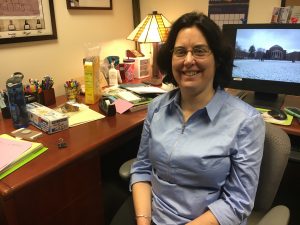
Dr. Christina Pfister, professor of teacher education
Students couldn’t do their field experience. But because school was out, I wanted my childhood and adolescence ed students to understand how teachers set up their virtual classrooms, whether teaching first grade or 12th grade
I found teachers in different places – some recent graduates and some with a few years of experience – and invited them to tell us about the changes they’re making. Then, our students got a chance to ask questions. I was impressed with the richness of the questions. Some compared what they were seeing with how their younger siblings at home were learning.
We used a Zoom session to see a ClassDojo a teacher uses to communicate with parents. She posts things that are happening in her classroom. She invited parents to participate. She also created a fake class. She shared the screen so they could see all the different things she is doing. Going into student teaching, our students will have a sense of the tools teachers use. I suspect some of the online tools are going to stick around because it does enhance learning in different ways.
There are also equity issues. We had a teacher in Watervliet and in New York City talk about issues of equity they’re grappling with. I was thinking that, even as new teachers, they can be the voice in their school. They might be the person saying ‘We’ve got to do something about that right now. Kids don’t have internet access and it’s 2020.’
We had two teachers show how you get a first-grader to go on Google classroom, what buttons to click. These are the challenges our teachers will face in the 21st century. We need to be working with kids to help them get on a website safely.
I had the brand-new teacher show us her Google classroom. It was well done. Then, we had a fourth-year teacher, and my students were able to see it was more sophisticated and easier to follow. They were able to take away from that that your first year is not going to be as smooth.
Next, I’d like to have a couple of teachers using Zoom or Facetime to see some teachers in the classroom, and ask things. We could record it and then debrief. It would be a neat way to see the classroom behind the scenes.
Our students are smart, capable adults, and I love listening to their questions. It always prompts me to think ‘I never thought about …’ This has been a different way to do teacher preparation. We’ve used the time to think ‘If we go online, what else should we be doing?’

Elizabeth Richards, associate professor of communications (film)
A Day in the Life by Samuel DeSouza
Only in the Mind by Joyce Hills (note: the film won first place in the 2nd Annual SRTV Film Festival)
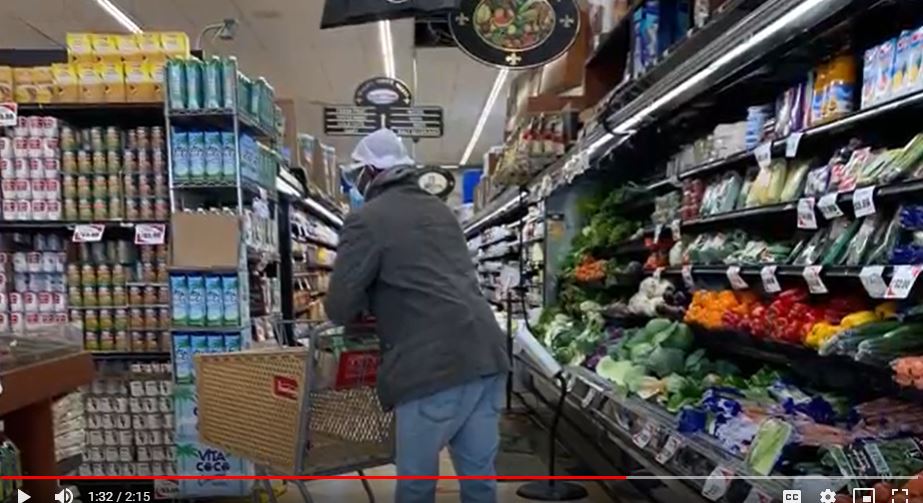
A screenshot from DeSouza’s film.

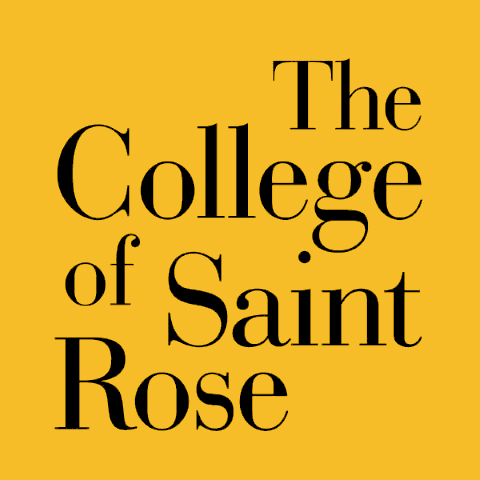

Comments posted on this site are held in moderation until approved by a site administrator. Vulgar, profane, obscene, offensive terms or personal attacks will not be tolerated.